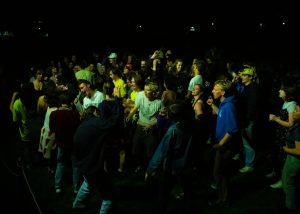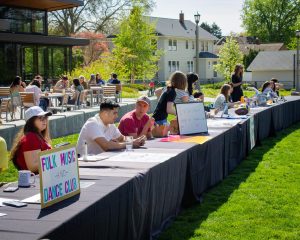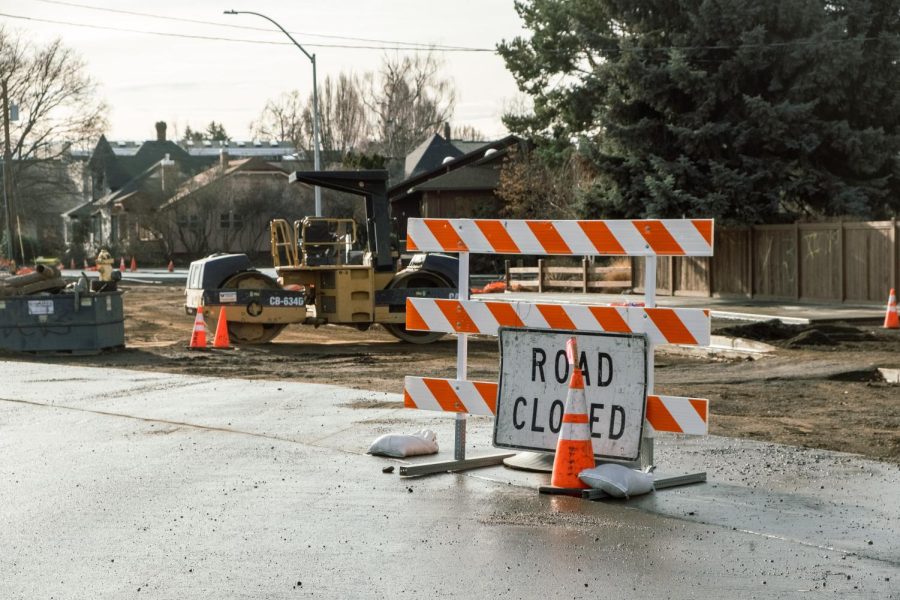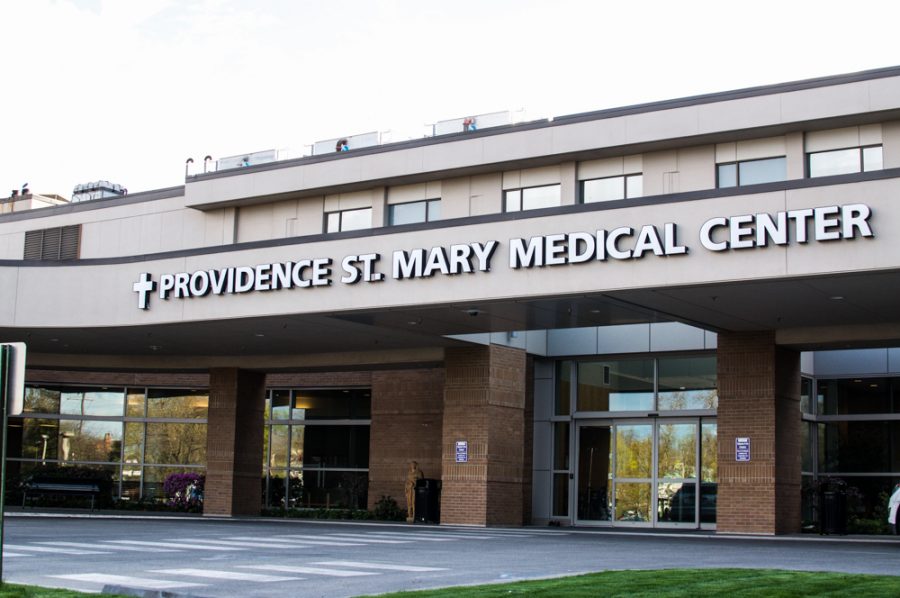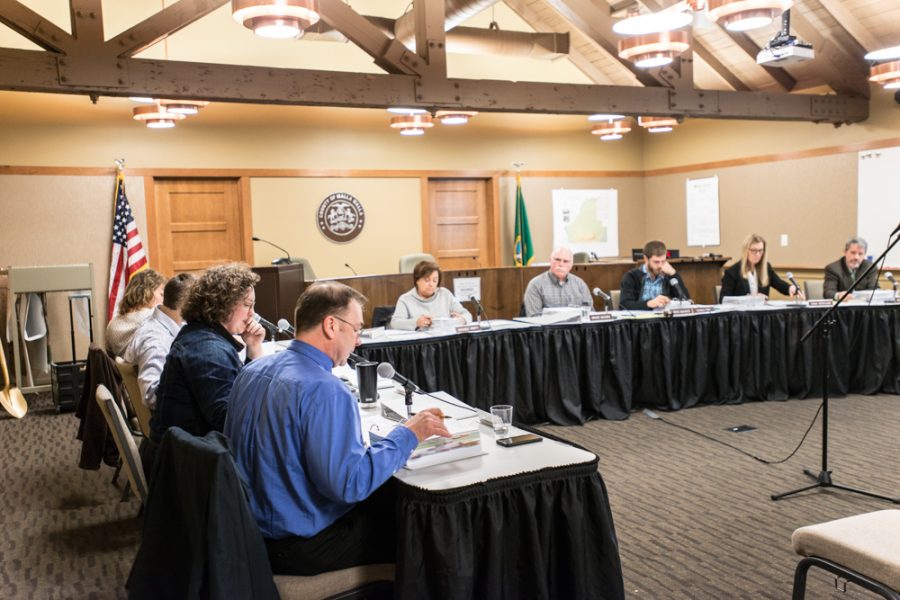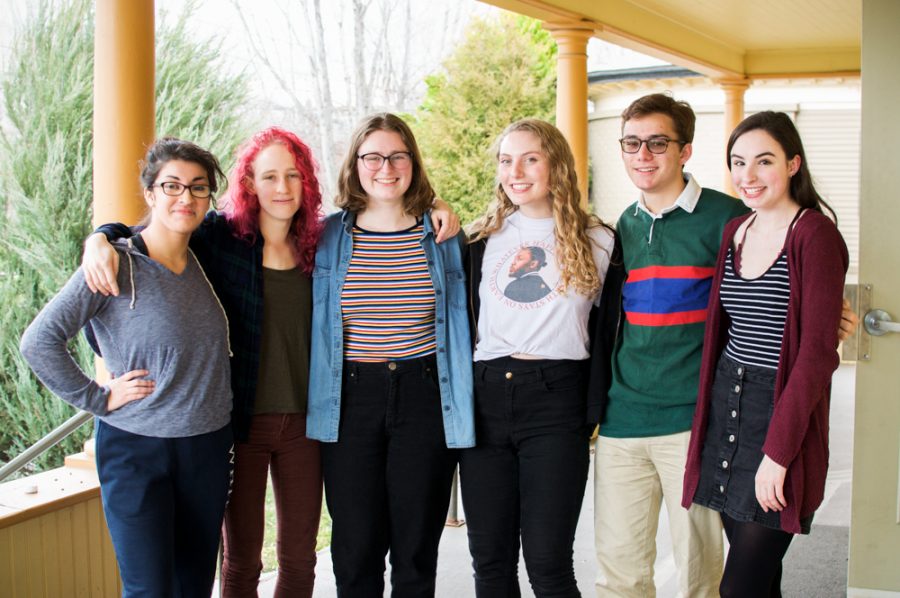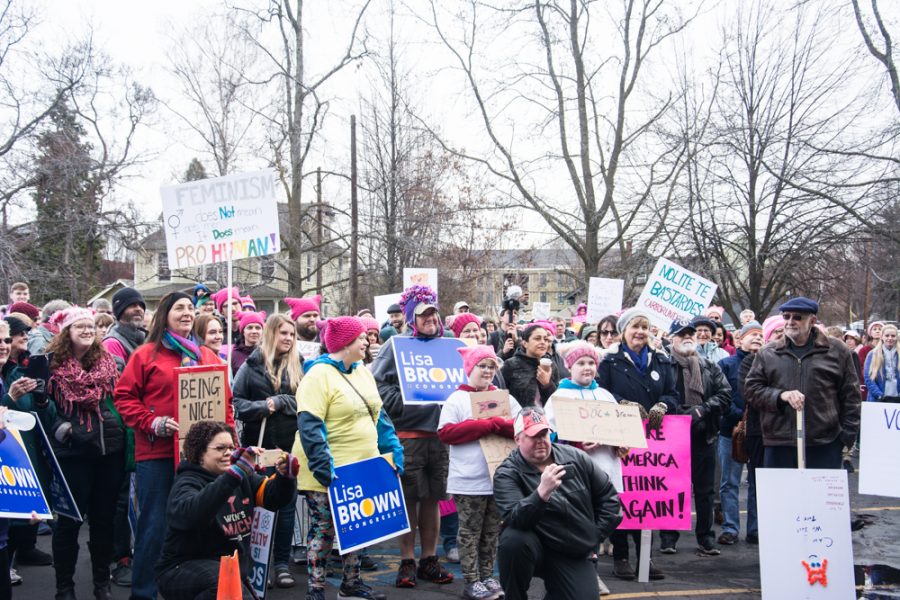
If representatives from each of Walla Walla’s three colleges have their way, the region will soon be transformed by an energy revolution. This, at least, is the hope of Walla Walla University physics professor Fred Liebrand. Liebrand is working on a community solar project which will unite Whitman, WWU and Walla Walla Community College in a venture to generate renewable energy.
“It just seemed like a very good idea that could help everyone,” said Liebrand. His idea is to solicit investments from community members and alumni of all three schools, which would be used to purchase a solar energy system.
“The idea is to allow people from the community in: people who couldn’t afford to put solar panels on their own homes,” said junior Nat Clarke, president of Whitman’s Campus Greens. Clarke is enthusiastic about the project and says Whitman only found out about it this fall.
“The school’s current involvement is cautiously interested but not actually engaged,” he said.
Clarke, along with Professor of Geology Bob Carson and the Whitman Conservation Committee, is in the process of determining how Whitman can become involved in the project.
Liebrand says that for both WWU and WWCC, the project would provide technical training for students who are studying engineering and other related fields. The goal of the project would be for students to do the actual system installation themselves.
“Whitman may rely more on the goodwill of its students,” he said, referring to the fact that Whitman has no technical programs. Nevertheless, he feels that installing a solar system would be a valuable experience for Whitman students.
“Knowing how things are put together is always valuable,” he said.
In addition to the logistical details, a major aspect of the project has been determining its financial viability. Installing a functional solar energy system is expensive, costing about $5,000 per kilowatt. One kilowatt will generate about $85 worth of energy in a year, so government incentives are key for the project to work.
Currently, the federal government will subsidize the installation of solar systems by giving a 30 percent tax credit on the cost of the entire system once it is installed. Washington also has a program in place to pay per kilowatt hour of energy generated. Community solar projects are eligible for double the rate residential projects can receive, and if the project uses solar panels made in Washington, the total incentive is up to $1.08 per kilowatt hour.
Though these incentives might seem high, Carson points out that it makes sense for the government to invest in solar energy.
“New power facilities are expensive, and we’re also getting clean air,” he said.
Carson said he’s communicating with the other colleges involved in the project to determine how they can move forward. The cooperation of local governments and utilities will be important, as will the participation of all three schools.
Whitman junior Ari Frink also sees an opportunity for the Network for Young Walla Walla to get involved in the project. The network was founded this year so that WWU, WWCC and Whitman students can work together on projects and share ideas.
“Once we find out what a solid role for the network could be within the solar project, I’ll bring it up,” he said.
Currently, the project’s future is still being determined. In spite of the logistical obstacles, Clarke believes the project can succeed.
“I’m really excited about this project,” he said. “If it gets through, it’s going to be the next big green thing on campus.”




